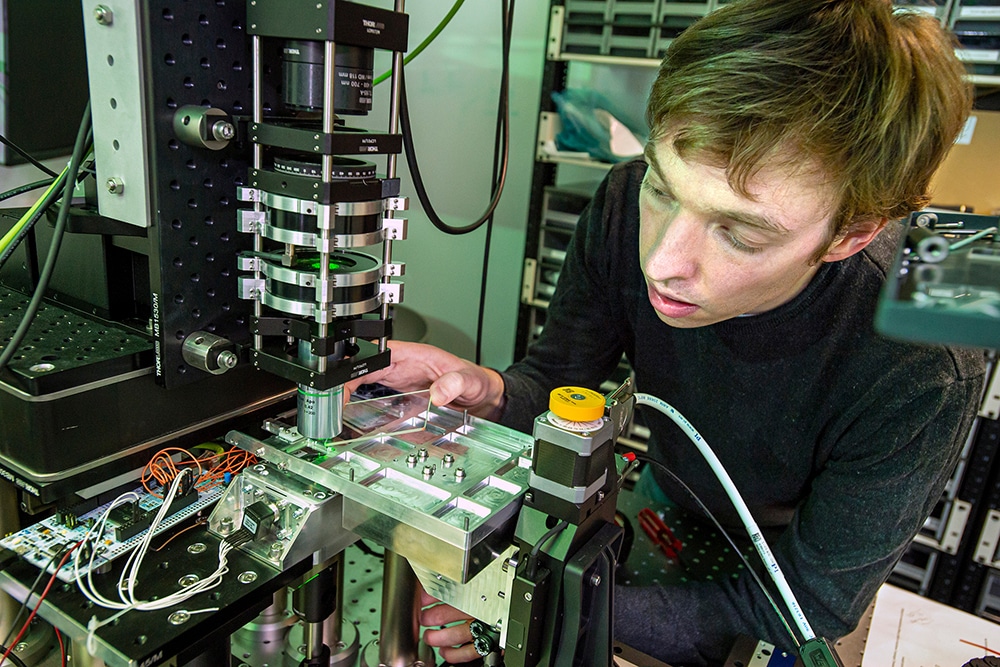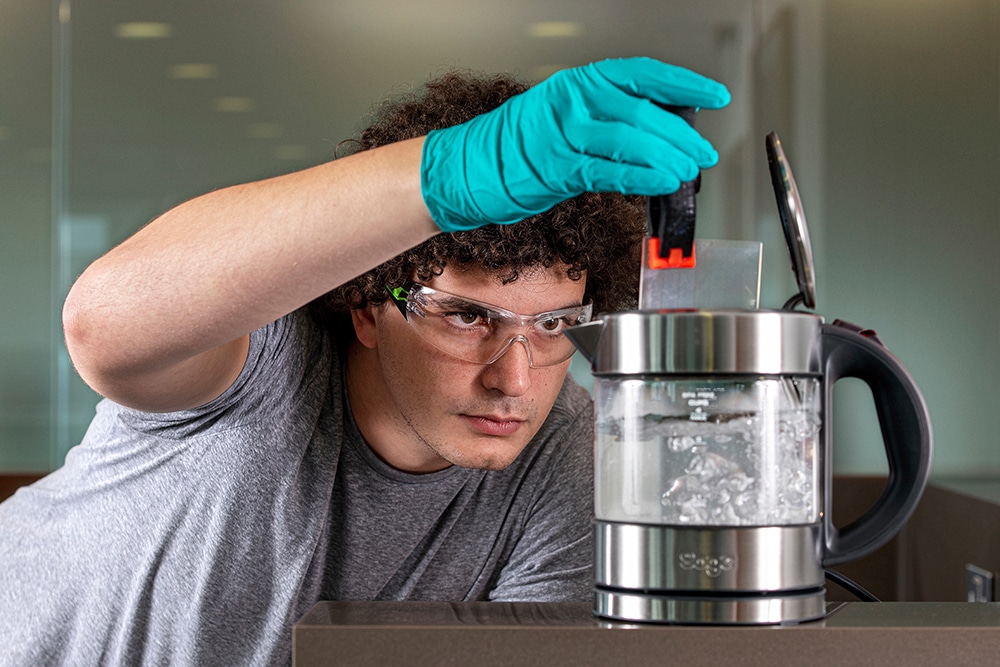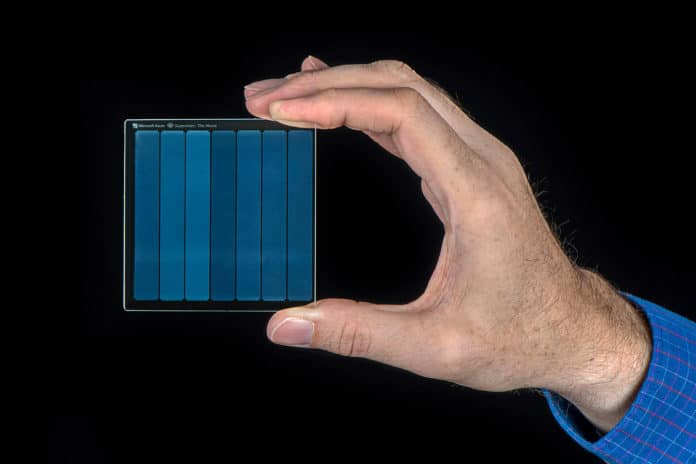In the age of streaming, movies and TV series are now viewed through an Internet connection, but this does not mean that physical media have lost their importance. The original materials from which the bitstreams projected on TV screens, computers, and smartphones are derived are still stored on films and tapes that are enormously important for the conservation of these contents. Now it seems like that could soon find a practically immortal alternative: tesserae made of quartz glass capable of storing data for more than a millennium.
On technology called Project Silica, the Microsoft Research team has been working for some time. The team recently announced that it has successfully completed the first real storage experiment – successfully stored and read back the classic 1978 “Superman” movie on a piece of glass 75 × 75 × 2 mm, on which you can store up to 75.6 GB of data.
This could be a solution for long-term archiving of important data in an ultra-durable, non-degradable storage environment.

Regardless of the technology used, general-purpose storage systems have been designed for use with consumer devices, which wear out and degrade over time. Optical disks are made from scratch-proof materials and oxidize over time. Magnetic tape storage solutions gradually lose polarization until data can no longer be recovered, as do hard disks. Although they are more robust and can withstand vibrations and strokes that would destroy other storage devices, NAND Flash chips have a typical data retention time of no more than ten years.
To avoid these limitations, Microsoft researchers have chosen as one of the most durable and stable materials known as Quartz glass. The system uses recent discoveries in ultrafast laser optics and artificial intelligence. The transparent glass is formulated to respond to a certain intensity and wavelength as a photosensitive material. Each microscopic bump represents a bit (0 or 1 in the binary system).
The data storage is done both horizontally, using the entire surface of the glass sheet with a dimension of 75 x 75 mm, but also vertically, the thickness of 2 mm is sufficient for more than 100 overlapping layers. The reading of the information is done with the help of an optical system that sends polarized light through the piece of glass, exposing successively the layers of data selected for reading.

The three-dimensional navigation of the data layers and the final decoding of the information is done with the help of machine learning technologies, the process being somewhat more complex than the 2D plane storage used with ordinary optical disks.
Tested for durability, the quartz glass pieces inscribed with data can withstand being boiled in hot water (above 500° C), baked in an oven, microwaved, flooded, scoured, demagnetized, and other environmental threats that can destroy priceless historical archives. And when they read the data back, it was all still there, keeping intact every single bit of information contained within them.
The result is particularly promising! Project Silica, once perfected and ready for use, the data will survive for centuries.
Unfortunately, the technology is still too expensive for widespread use in data archiving applications, with Microsoft promising to compensate for this by improving storage density.
